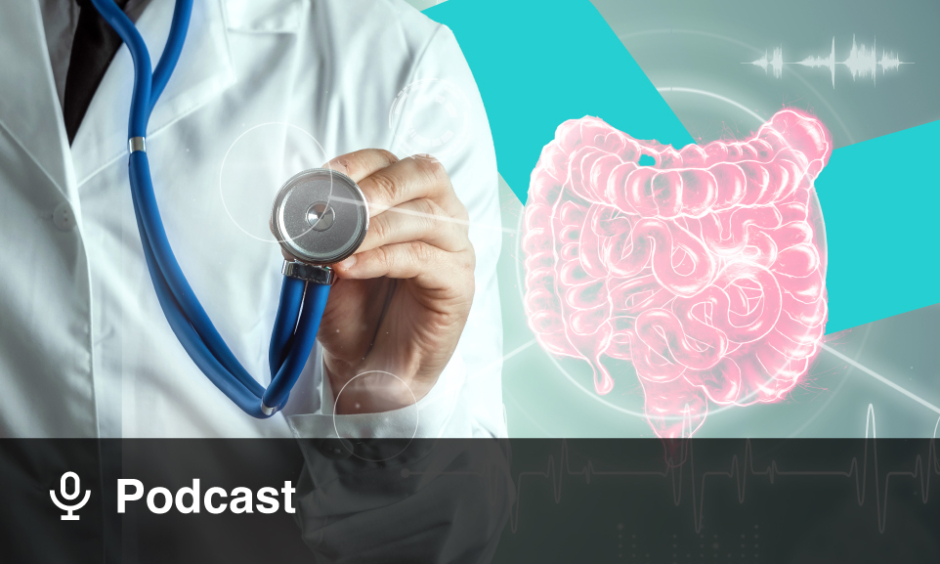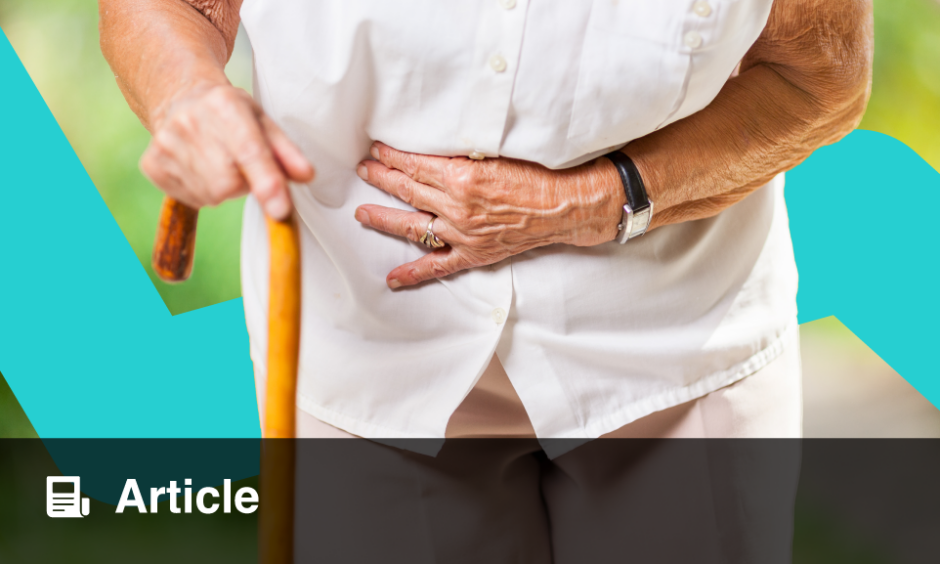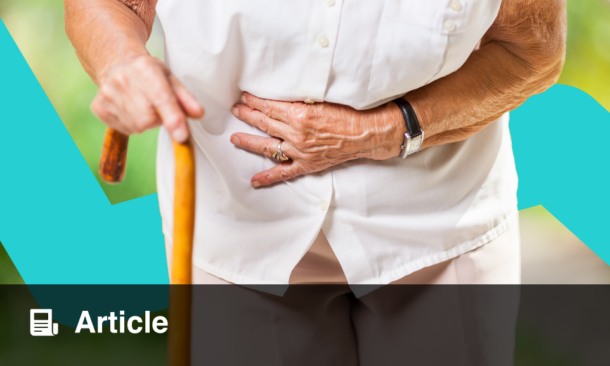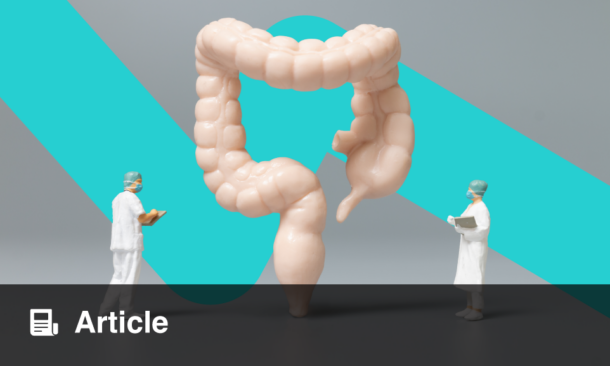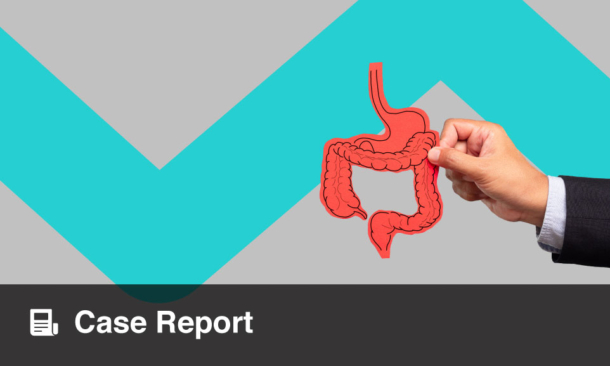OBSTRUCTIVE sleep apnoea (OSA) is often accompanied by nocturnal gastro-oesophageal reflux (nGOR). Patients are considered to have nGOR when they experience self-reported heartburn or belching at least 1 night per week. Many people with OSA utilise a positive airway pressure (PAP) device, and recent research undertaken by Thorarinn Gislason and colleagues at the National University Hospital of Iceland, Reykjavik, Iceland, has shown that consistent use of PAP may decrease odds for nGOR.
The research utilised data from the Icelandic Sleep Apnoea Cohort study to assess 822 newly diagnosed patients with OSA, 732 of whom had a 2-year follow-up visit. Of the participants, 366 were full PAP users, in this case defined as using PAP for at least 20 days for more than 4 hours a day, or use for at least 5 nights a week for at least 60% of the night. In total, 103 participants demonstrated partial PAP use, and a further 263 patients did not use a PAP device. The majority (77.6%) of patients who utilised PAP used a device that tracked adherence from the past 4 weeks, whilst the rest self-reported their use of PAP.
Of the entire cohort, nGOR affected 43 patients (11.8%) with full PAP use, whilst 59 patients (16.3%) with partial or no PAP use were considered to have nGOR. After 2 years of consistent treatment with PAP, it was found that just six patients (14%) from the group of full PAP users had nGOR, while 21 (36%) partial or no PAP patients were affected. Additionally, although more patients from the full PAP use group experienced wheezing initially compared to those in the lower adherence groups (34.6% versus 29%), fewer suffered from wheeze at the 2-year follow-up (48% versus 61%; p=0.02). Respiratory issues such as chronic bronchitis and daytime cough showed comparable rates between the PAP use groups.
Overall, full PAP users had lower odds for nGOR after 2 years of consistent use (adjusted odds ratio [aOR]: 0.58; 95% confidence interval [CI]: 0.40–0.86), as well as lower odds for wheezing (aOR: 0.56; 95% CI: 0.35–0.88), and productive morning cough (aOR: 0.62; 95% CI: 0.39–0.98) compared to those with partial or no PAP use. Gislason concluded that “OSA and respiratory symptoms are both common disorders — it’s important to keep the causal relationship in mind.”


